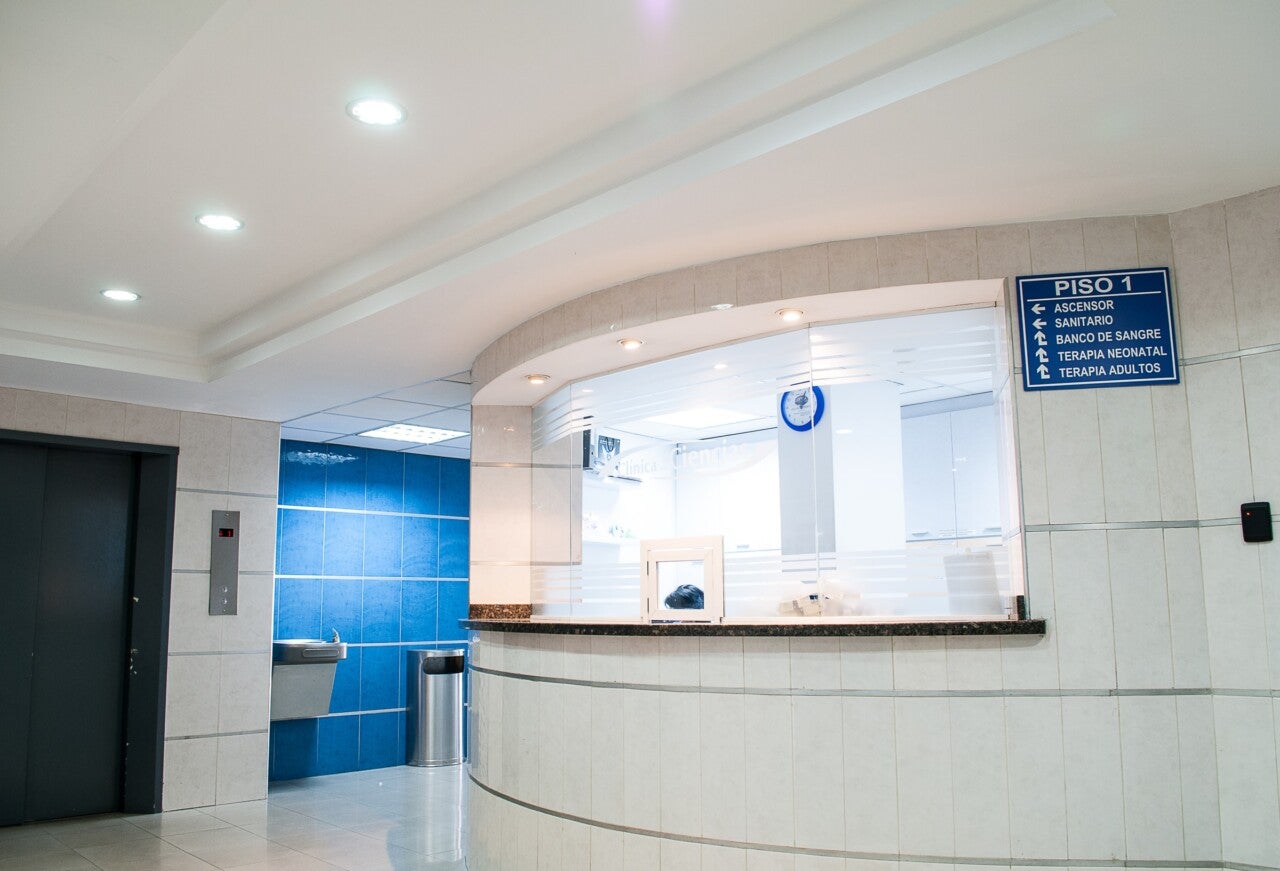The healthcare environment is facing growing challenges. Besides implementing value-based reimbursements, keeping compliance with government mandates, and adopting new technologies, there are many additional concerns to contend with. These include the maintenance, provision, and protection of electronic health records for employees.
Value-based reimbursements are high on the agenda too. By successfully managing change in the financial and clinical environment, organizations can effectively create new systems that are tactically ready to implement new practices. Investment in the requisite technology, as well as the deployment and implementation of this technology, is critically important to the success of healthcare facilities.
Reports indicate that some 49% of respondents in a study indicated that their companies were not managing big data effectively. It can take an inordinate amount of time for technology to be implemented and adopted in large healthcare facilities, and this requires company project teams to be tactically ready. Several healthcare organizations believe there is no single-best technology to adopt and disseminate data, and so they opt for interoperable products to transmit data to stakeholders at different levels of the organization.
Health clinic software benefits include the provision of electronic health records (EHRs). These resources increase patient satisfaction levels by allowing organizations to provide better standards of healthcare. By reducing patient wait times for routine appointments and clinical work, integrated scheduling systems can improve the level of care provided to patients. Additionally, OH software can limit the unnecessary tests and inoculations that many patients are currently being subjected to. Perhaps one of the most important benefits of health clinic software is improved communication with patients. By streamlining the billing process, and making it easier to respond to clinical inquiries, health clinic software can make a meaningful difference to the overall level of patient care.
How Do Patients Benefit from OH Software?
In recent years, there has been a shift in the way people interact with organizations. Now, patients like to take charge of their own health care by using technology to manage their care with educational resources, clinical summaries, and personal patient charts. By allowing patients to quickly access their health information, healthcare facility costs are dramatically reduced. Patient wait times can also be reduced further with electronic prescription options, leading to an overall increase in patient satisfaction levels. There are many benefits of electronic health records in the care sector, and it’s thanks to OH software that this is all possible.
Scheduling is another important activity that creates bottlenecks and dissatisfaction in healthcare facilities. When occupational health software is used, many clinic scheduling activities can be automated. Several benefits of electronic scheduling include the following:
- Non-practitioners and practitioners alike can be granted unique scheduling access
- Scheduling modules allow for efficient scheduling reports
- OH software can make it easy to manage daily and weekly schedules, and also for the management of medical equipment schedules and exam room schedules.
- Double bookings can be mitigated with visual notifications of possible conflicts.
How a Productive and Efficient Healthcare Workforce Can Benefit Patients
Occupational health professionals are engaged in challenging work on a daily basis. Unfortunately, many companies have not upgraded their systems, leading to all sorts of problems such as:
- Inaccurate data reporting
- Time intensive reporting procedures
- Poor integration of healthcare systems
- Costly occupational health management
These are but a few of the many challenges currently faced by healthcare providers around the world. From an employee perspective, workplace-related injuries, illnesses, and productivity issues are adversely affected by inefficient functionality. It is estimated that time lost from illnesses and injuries in the workplace comprises a significant portion of global gross domestic product.
By being able to successfully track absences, illnesses, injuries, and the like, it is possible to leverage occupational health software to make a healthcare organization as productive, efficient, and functional as possible. This naturally improves the care administered to patients. As a result, this has a positive effect on patient satisfaction. Productive employees typically provide better service to their patients than employees who are continually faced with archaic systems that fail to accurately record, integrate, and update data. The right compliance management software confers the following benefits on healthcare organizations and their patients:
- Increased productivity levels
- Automatic updates of records
- Visualization of important indicators
- Integrated safety, medical, and case data
- Electronic prescription functionality for clients
- Mitigate the effects of claims and absences on productivity
Healthcare organizations encompass multiple departments, divisions, and management layers. It is difficult to track the individual components of each of these facets, including but not limited to the data processing, patient records, and employee tasks, duties, and responsibilities. However, the right health clinic software can turn things around and improve safety and satisfaction for all stakeholders.









